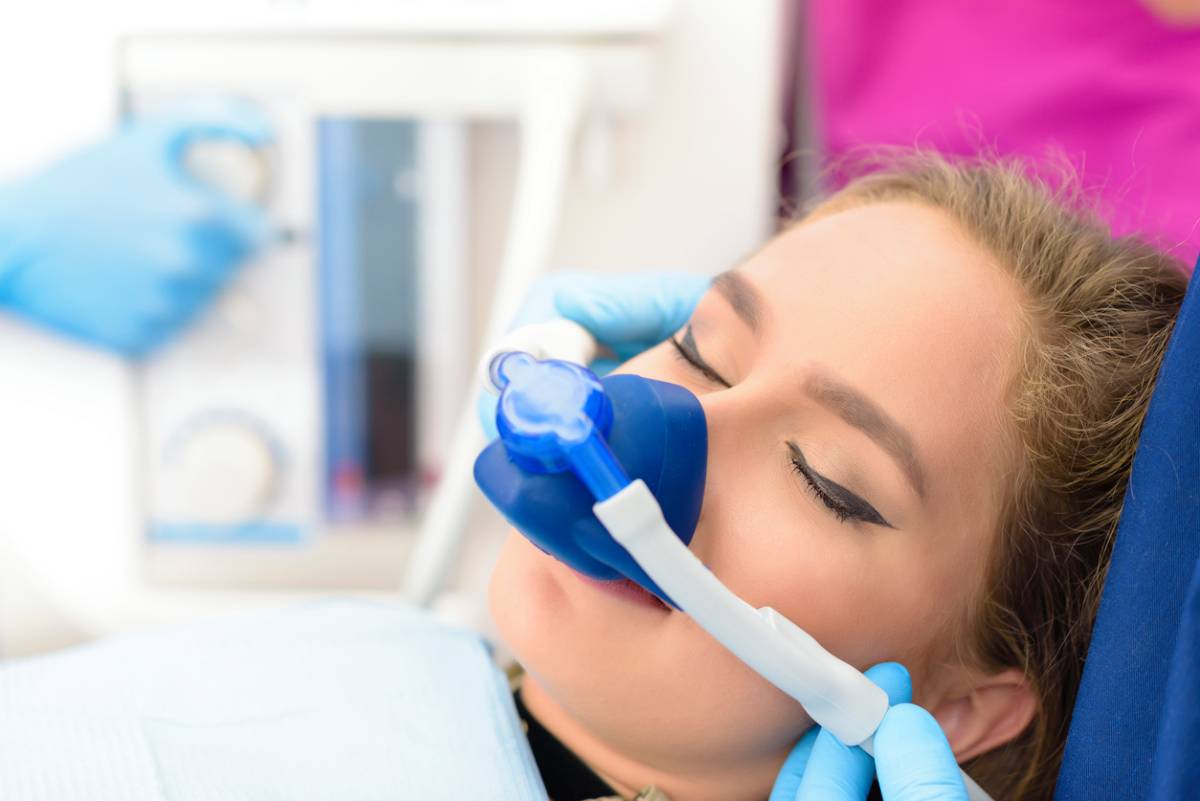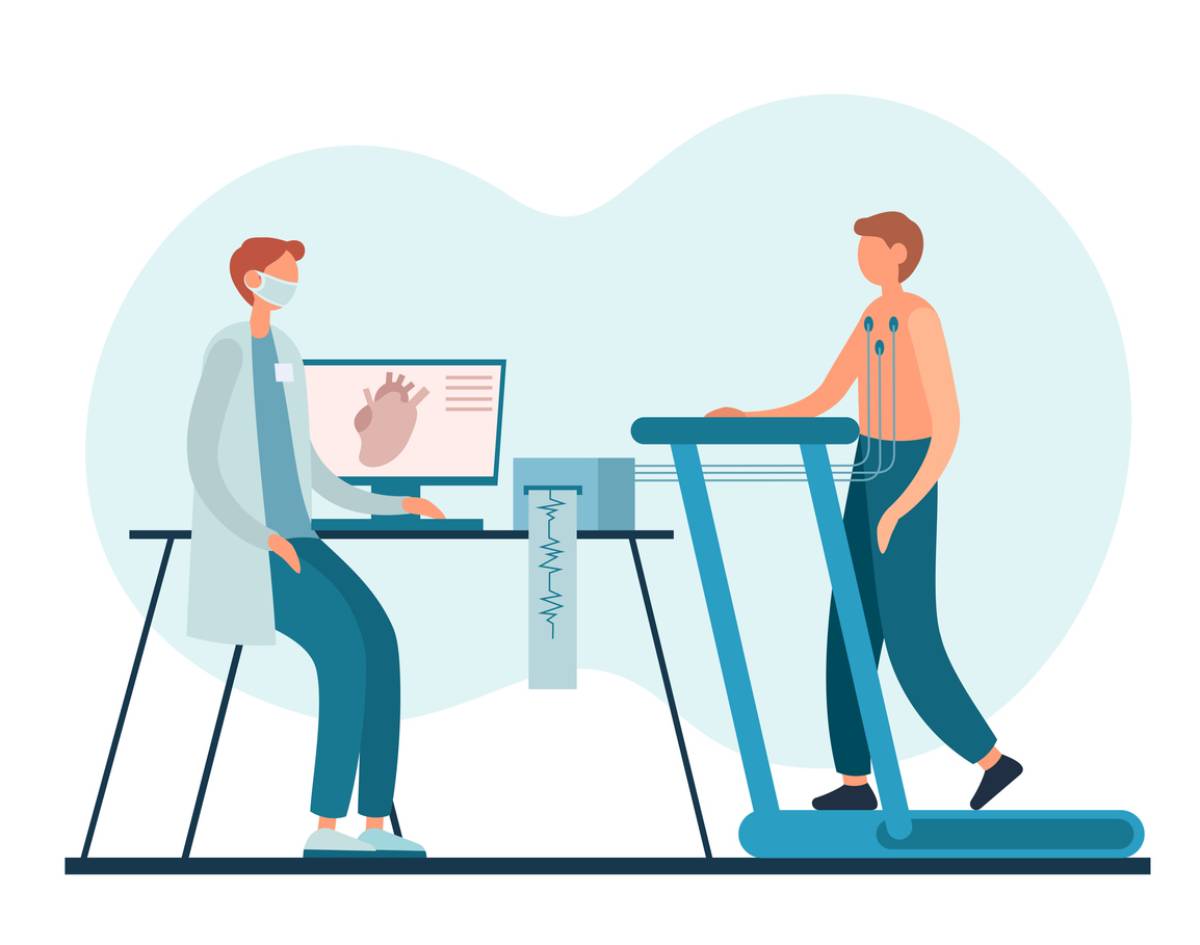Can Hormones Cause Stretch Marks?
Stretch marks aren’t a medical concern, but they are something that most people find to be aesthetically unpleasant. Following this, many individuals choose to remove these marks surgically in order to restore their appearance to something that they’re happy with. So can hormones cause stretch marks?
There are many different plausible causes for stretch marks, and determining the source of your own might help you to treat your own. One of the more common sources for the formation of stretch marks is the production of the stress hormone cortisol.
Can Hormones Cause Stretch Marks?
If you’re suffering from stretch marks, take a look at this guide that describes some of the elements surrounding this procedure in cosmetic dermatology.
What Are Stretch Marks?
Stretch marks, or striae, are indented streaks that appear on the abdomen, breasts, and other areas of the body. There is the potential for these marks to appear almost anywhere on the body, and they are oftentimes the result of the skin being stretched past its point of comfort, which creates an abnormal appearance.
Overall, stretch marks aren’t painful or medically concerning but appear in a way that most people don’t like. Fortunately, many stretch marks don’t require treatment and will fade over time. On the other hand, many will never disappear completely without some type of treatment.
Severe stretch marks can impact one’s self-esteem and emotional health, so if you’re suffering from these side effects, it doesn’t hurt to investigate your treatment options so that you can restore your appearance and stop worrying about these elements. It likely will end up saving you a large amount of stress in the long run.
Symptoms of Stretch Marks
Stretch marks can appear in many different ways. They often depend on the contributing factors that have led to the development of the marks. Some of the more common appearances that stretch marks can take include the following:
· Bright streaks that fade away
· Streaks that cover large sections of the body
· Streaks of the following colors: pink, red, discolored, blue, black or purple
· Indented streaks or lines on the abdomen, hips, breasts, buttocks, or many other places on the body
The symptoms of stretch marks can vary wildly from patient to patient. In rare cases, stretch marks can cover wide parts of the body, mostly as a reaction to corticosteroid medications and rare conditions such as Cushing syndrome.
Although stretch marks aren’t medically concerning, you should look into medically treating your stretch marks if they cause you sufficient mental or emotional distress. Consulting with your physician should be able to help you create a treatment plan and identify your best path forward.
Causes of Stretch Marks
At its root, the primary cause of stretch marks is the stretching of the skin. How severe they are depends on several different factors, including your genetics, the degree of stress on your body and skin, as well as the presence of various hormones such as cortisol.
Cortisol is a stress hormone that is produced by the adrenal glands in situations of stress or heightened activity. This stress hormone has the potential to negatively impact many elements of the skin, including its elasticity.
Fortunately, many stretch marks will naturally fade over time, meaning that many individuals won’t have to resort to more serious treatments to deal with their own problems. However, there are many different treatment options available for those who wish to deal with their own medicine.
Risk Factors for Stretch Marks
Stretch marks can develop on anyone’s skin, but there are certain risk factors that can make their appearance more likely. Some of the more common risk factors that lead to the development of stretch marks include:
· The use of corticosteroids
· Exercise and the use of anabolic steroids
· Genetic disorders such as Cushing syndrome or Marfan syndrome
· Receiving breast enlargement surgery
· Rapidly weight gain or loss
· Rapid growth in adolescence or childhood
· Pregnancy, with special levels of risk occurring during the third trimester.
· Being prone to developing stretch marks in your personal or family history
You can discuss with your physician which risk factors might have a part to play in the development of your own stretch marks. This can help the two of you develop a plan to treat your own effectively.
Your Trusted Resource for Cosmetic Dermatology
Epione Beverly Hills is one of the best resources you have for your various needs for cosmetic surgery. If you have visible stretch marks that you would like to have removed, take a look at our website and contact us to schedule an appointment to discuss your non-surgical stretch mark removal.









